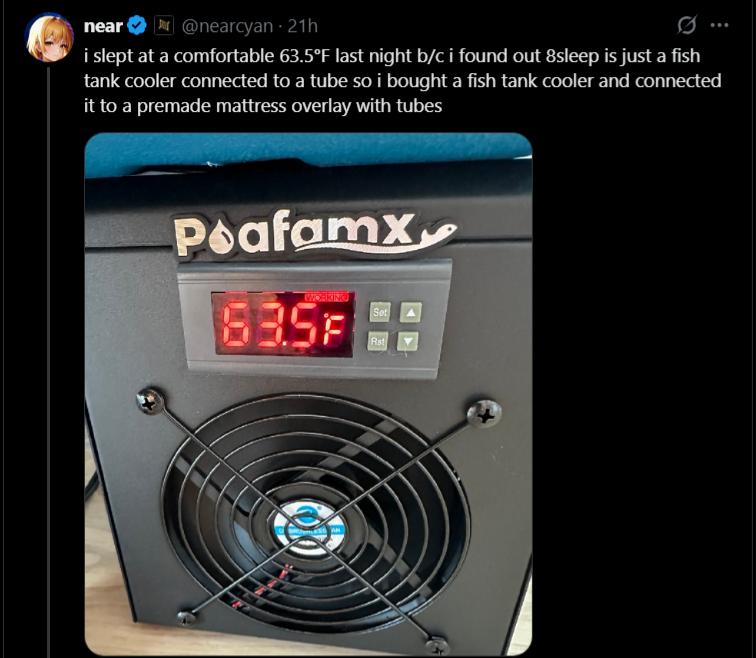When Amazon Web Services experienced a major outage yesterday, the cascade of technological failures reached into an unexpected corner of modern life: people’s bedrooms. Thousands of customers discovered that their high-tech mattresses had become unresponsive, unable to adjust firmness levels, track sleep data, or respond to smartphone commands.
This case highlighted just how dependent everyday objects have become on cloud infrastructure that most consumers never think about. AWS, which powers a significant portion of the internet’s backend operations, experienced disruptions that rippled across numerous industries and services. While many expected their streaming services or websites to go offline, few anticipated that their beds would stop working properly.
Smart mattresses have grown increasingly popular over the past several years, offering features like automatic temperature regulation, adjustable firmness zones, and detailed sleep analytics delivered through companion mobile applications. These advanced sleep surfaces rely on constant connectivity to cloud servers to function at their full capacity. When those servers become unreachable, the sophisticated technology embedded in the mattresses essentially becomes inert.
Social media platforms lit up with bewildered customers sharing their experiences. Many reported being unable to make their usual bedtime adjustments, while others found themselves locked into uncomfortable positions because their mattress controls had gone offline. Some users discovered they couldn’t access weeks or months of accumulated sleep data that had been stored in the cloud rather than locally on their devices.




When consumers purchase smart home devices, they often focus on the convenience and features these products provide, without fully considering what happens when the underlying infrastructure fails.
Technology experts have long warned about the risks of centralized cloud dependency, but this case brought those abstract concerns into sharp, uncomfortable focus for ordinary consumers. The mattress malfunction story illustrates how quickly modern conveniences can become liabilities when critical systems experience downtime.
There’s also the uncomofortable conversation of who is paying for a software subscription for their mattress of all things.
For the affected customers, the outage was temporary, and normal mattress functionality was restored once AWS services came back online. However, the episode has prompted renewed discussions about the wisdom of adding internet connectivity to products that have traditionally functioned perfectly well without it. Some consumers are now questioning whether the added features of smart mattresses justify the potential for such disruptions.
Should essential functions of a product remain operational even when cloud services are unavailable? Could manufacturers implement better failsafe mechanisms or local control options that don’t depend on remote servers?
With more household items becoming “smart” and connected, cases like this mattress malfunction serve as important reminders that convenience and vulnerability often travel hand in hand. The future of home technology may need to strike a better balance between connected features and reliable offline functionality.


